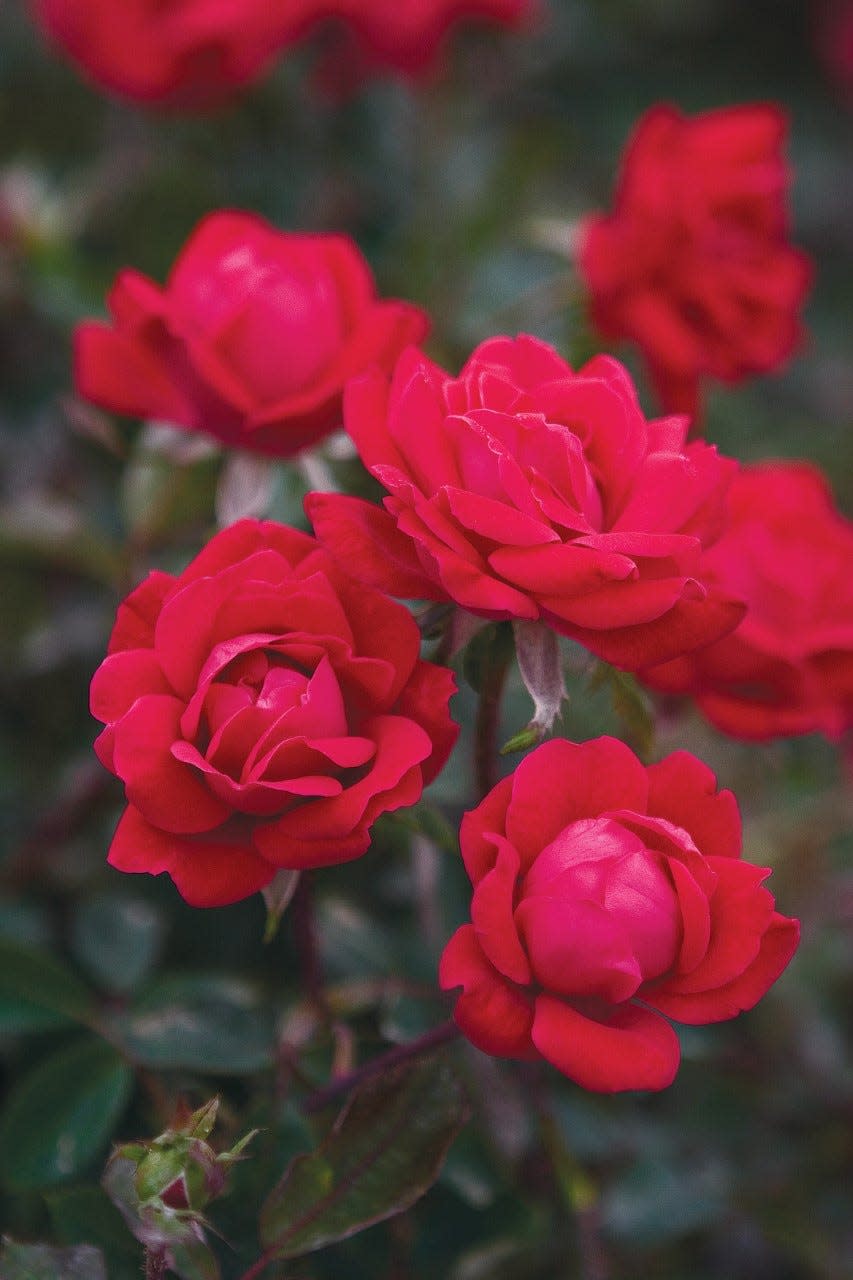How to grow roses from seed, plus what might have caused a tree to die
Question: I planted a single trunk Autumn Brilliance Serviceberry last year. It appears dead now, with bark damage near the ground. Could the cause be voles?
Answer: I am wondering if you have several things happening with your tree. Voles do feed on the base of trees and shrubs, leaving 1/4-inch side-by-side grooves in the wood. Rabbits can also feed on tree bark over winter. When animals eat all the way around the tree trunk destroying the cambium layer that transports water and nutrients between the leaves and roots, the plant will die. The result of this damage appears in spring when the tree is unable to absorb the needed water. Vole- and rabbit-damaged plants often send out growth from the buds in spring. If the cambium was destroyed, the leaves won’t fully expand and eventually die from a lack of water.
Your tree may also have been impacted by the fluctuating temperatures this winter and spring. These temperature extremes may have caused early bud break, and those were killed by cold temperatures. Trees often send out new growth later in the spring. Heat and drought stress can also kill trees, especially new plantings with a limited root system. Serviceberries are susceptible to fireblight that can quickly kill a plant. The University of Wisconsin Madison has a helpful factsheet on this disease (pddc.wisc.edu/2015/07/23/fire-blight). I would watch for new growth and if you suspect fireblight, do not replace this tree with another one susceptible to the disease.
Q: I have been trying without much luck to grow a bed of moss under my front yard Norway maple. Any ideas on how to get moss to grow there?
A: You will have the greatest success if you can find and gain permission to collect moss growing in a similar situation near you. This moss is likely adapted to the growing conditions in your situation, increasing your chance of success. Most moss prefers medium to dense shade and acidic soil. Monitor the sunlight under your maple tree making sure early morning or late afternoon sun is not illuminating the area. You can purchase some sun-tolerant mosses, and some of them tolerate alkaline soils like we have in most of southern Wisconsin. Making alkaline soils more acidic can be difficult, so using moss adapted to our area is your best option. Make sure the soil is kept moist for the first three weeks after planting.

Q: I am wondering if you can give me a few tips about growing roses from seeds. I have several rose seedlings growing in small pots under lights. I want to plant them outdoors this spring after the last frost. I am running out of room and would like to move them to my unheated sunroom until they can move outdoors. Any tips?
A: Treat these like you would other transplants. Start by hardening them off. Gradually introduce them to the outdoor growing conditions. You could use your sunroom as part of this process. Start by placing the plants outdoors for an hour, then gradually increase the number of hours the plants receive full sun each day. Move them indoors or cover with floating row covers or cloches when frost is in the forecast.
Visit Melinda’s website, MelindaMyers.com, for a list of her free webinars and events this spring.
This article originally appeared on Milwaukee Journal Sentinel: How to grow roses from seed, plus what might have caused a tree to die
